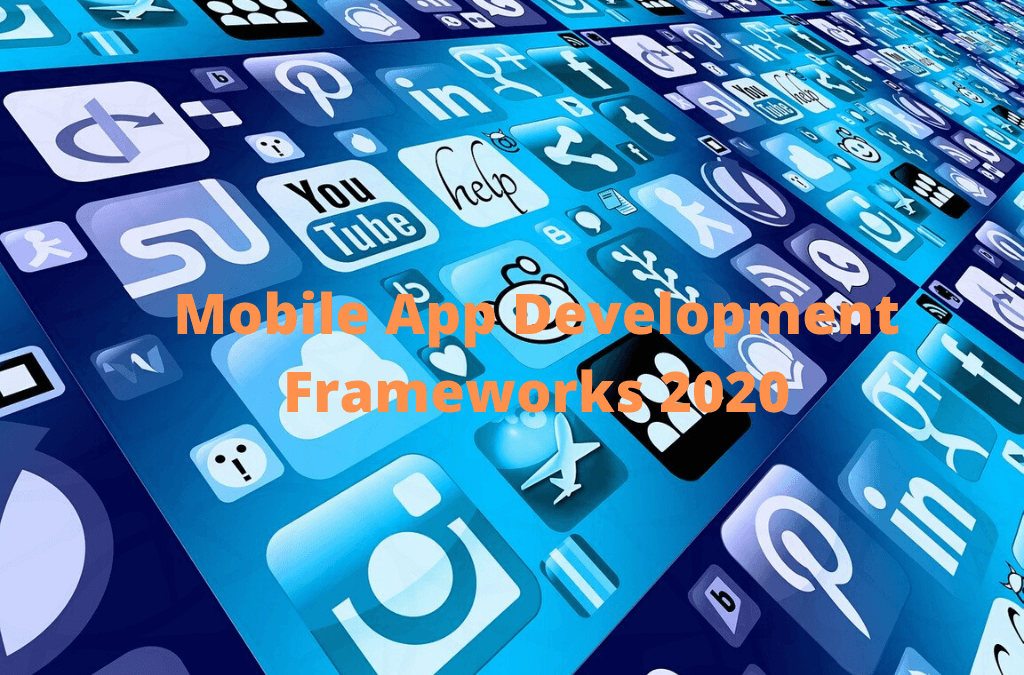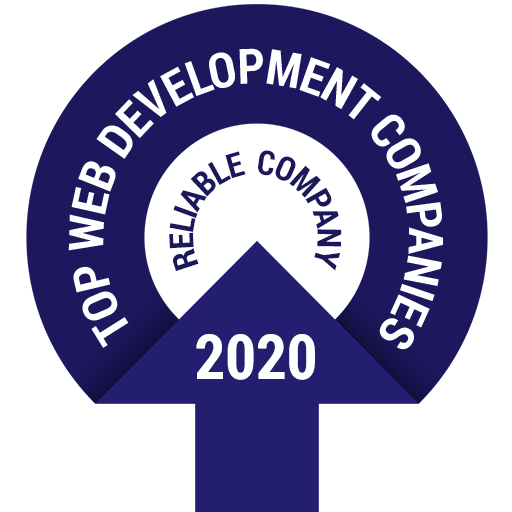The difference in the syntax and structure of programming languages is no longer the talk of the town.
With every app enclosing thousands of lines of code, all that developers now talk about is their choice of app development frameworks, application program interfaces (APIs) and the cross compilation they provide.
App frameworks have become the norm and people cannot call themselves programmers if they are not well-versed in at least one particular development framework.
They offer a lot of benefits over the previous and newly outdated development approaches. These frameworks have reduced the learning curve so much that even absolute beginners can start developing apps with little training.
Adding complex functionality is no longer a genius’s work, but an effective way of writing API calls and developing apps for various platforms does not require you to be an expert in all platforms.
So, everyone with a great idea can now easily, quickly and effectively implement it with the help of app frameworks.
Therefore, you too can easily create your own mobile apps which might have seemed a difficult task a few years ago. Here is an overview of the cross-platform mobile app development frameworks to get you started.
Mobile App Development Frameworks
The mobile app development has become a million dollar industry with hundreds of mobile apps hitting the market daily. The growing demand and the need for high-performance apps have pushed the app development industry to a new level and frameworks help developers scale to the growing demands.
But, before we can delve into mobile frameworks, we first need to understand the difference between native apps and cross-platform apps.
There are many mobile platforms, for example, iOS, Android and Blackberry, and all of these require apps tailored to their own platform constraints.
Native app development is the original methodology where an app is developed specifically for a single platform using the relevant framework, syntax, and APIs.
However, this type of app development may prove to be costly and time consuming when a relatively simpler app has to be developed for more than one platform. In these cases, a cross-platform framework can be used to develop a cross-platform app that works on different platforms with a single code base.
Cross-Platform Frameworks
Cross-platform frameworks provide a feasible way for developers to develop cross-platform apps easily. These tools can generally be classified as web-based frameworks and converters.
Web-based frameworks focus on the client-side technologies, such as HTML5/HTML, JavaScript and CSS. Other frameworks, such as Unity, Corona and Titanium, are called converters and use a particular programming language and then convert it into an executable native code for the target device.
Source: Flickr
There is no single best fit of a cross-platform framework that suits all your needs. While frameworks like Corona are suitable for game development, others frameworks like PhoneGap are much more suitable for developing hybrid HTML5 apps.
Developers will mostly use more than one tool as the market is more niche than it is mature. With so many frameworks in the market today, your decision of choosing one out of the many heavily impacts the app you are developing.
Here is an overview of some of the major cross-platform app frameworks for you to choose from.
PhoneGap or Apache Cordova
PhoneGap was recently acquired by Nitobi and has been rechristened and distributed under the name Apache Cordova. It lets you write mobile apps using HTML, JavaScript and CSS which can easily be ported to various platforms.
It is a little difficult to fully exploit the native features using PhoneGap. It has numerous plugins that help you add the native device features in a modular way. Furthermore, it is an open source framework and is thus available free of cost.
Titanium
Appcelerator’s Titanium allows you to develop cross-platform apps by providing a unified JavaScript API with native platform-specific features. It abstracts the native software development kits and allows you to write JavaScript apps above.
Thus, it is capable of giving a higher user interface (UI) performance compared to hybrid apps. It also provides value-added services, such as backend as a service (BaaS), app analytics, and marketplace services.
Adobe AIR
Adobe AIR has described itself as a cross-operating-system runtime that lets developers combine HTML, JavaScript, Adobe Flash and flex technologies. Adobe Air can be used to develop apps with interactive UI elements, such as animation and other graphics.
However, a major disadvantage of this tool is that you can only use Flash and ActionScript to write apps.
Sencha
Sencha Touch is an HTML5 mobile app development framework that can help you develop apps that have the look and feel of a native app. It can be used along with PhoneGap or Sencha’s native packager to utilise the device-level APIs.
Comparison between the Cross-platform Frameworks
Here is a comparison table of some of my favorite app frameworks on some important factors.
There are many more frameworks on the market waiting to be explored and exploited. If we have missed your favorite, leave some suggestions and feedback in the comments.

Written by Tanya Kumari
Tanya leads the Digital Marketing Team at Classic Informatics, a leading web development company . She is an avid reader, music lover and a technology enthusiast who likes to be up to date with all the latest advancements happening in the techno world. When she is not working on her latest article on agile team dynamics, you can find her by the coffee machine, briefing co-workers on the perks of living a healthy lifestyle and how to achieve it.






















